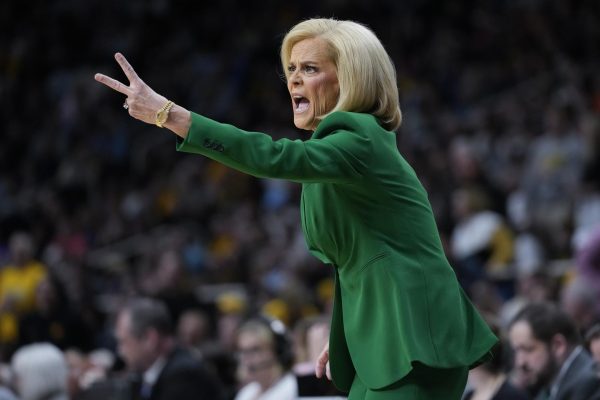The New Big Ten and the Rebirth of Maryland Basketball
The Big Ten conference added two schools, Rutgers University and the University of Maryland, to its ranks in 2012, as part of a major conference realignment. This 2014 basketball season Rutgers, from the Big East, and Maryland, from the ACC, began participating in Big Ten league play. So far, Big Ten teams have been beating up on each other. Besides league-leading #5 Wisconsin (23-2 overall, 11-1 Big Ten), no team has been able to establish any sort of supremacy over the rest of the league. Just last week, #16 Maryland (21-5, 9-4) squeezed by Penn State (15-11, 3-10) with a score of 76-73 in a game that has been representative of this season’s conference play: no team is safe, no matter their opponent’s record.
This sentiment shows that the Big Ten has depth, not that it is a league full of mediocre teams. According the ESPN’s Joe Lunardi, guru of NCAA tournament bracket selection, 7 out of 14 teams from the Big Ten are projected to receive tournament invitations, with two other teams outside of the bubble still with the chance to prove their worth.
Rutgers (10-16, 2-11) has brought little value to Big Ten basketball this season. They are last in the league, although they did hand Wisconsin their only conference loss this season, again demonstrating the parity within the league. On the other hand, Maryland has found rebirth in their new conference, recording their best season since 2010 when they finished the season ranked 20th in the country and made it to the second round of the NCAA tournament.
The Terps this season are being led by senior guard Dez Wells (14.6 ppg), junior forward Jake Layman (13.5 ppg), and freshman phenom point guard Melo Trimble (15.7 ppg). While head coach Mark Turgeon has stated how lucky he is to have three go-to guys, Trimble has been the clear number one guy. In a league full of incredible freshman scorers, Trimble has been one of the best. Not only can he hit jump shots, but he also uses his athleticism and agility to find open lanes to get to the hoop.
In many ways Maryland’s season can be characterized by players who have “stepped up.” Before the start of the season, Maryland lost five players who transferred to different programs that made up a significant portion of the Terps productivity last season. The five players accounted for 36.4 points per game, which was 51% of the team’s total last year. A particularly crucial loss was starting point guard Seth Allen, who averaged 13.4 points per game. Luckily, Trimble has been more than able to fill in as the team’s new floor general.
Maryland’s tournament resumé is solid enough to earn a projected 5 seed from Joe Lunardi but still slightly ambiguous given a lack of “signature wins.” Their sole win against a top-25 team came early in the season against #13 Iowa State in a game where ISU’s best player, Georges Niang, was held to only 10 points on 4-14 shooting and 1-6 from behind the arc. They also have only played three teams in the top-25, one of which was against #2 Virginia. The Terps have also only lost to one team outside of the RPI top 50, a very impressive statistic. They have been essentially unbeatable at home (15-1), only losing to Virginia, and they know how to win close games, going 5-0 in games decided by less than five points.
While Maryland does not have particularly impressive statistics when it comes to shooting percentage (153th), points scored (90th), or points against (125th), Maryland has been able to win at home, avoid bad losses and win close games largely because of its ability to rebound (27th) and get to the foul line. The Terps are number two in the country in free throws made with 459.
This is a make or break stat that could prove very costly or very fortuitous for the Terps come tournament time. Down the stretch of a game, making free throws is crucial to winning NCAA tournament games. Consequently, living and dying from the free throw line is risky. In Maryland’s two biggest losses of the season to Indiana (18-8, 8-5) and #24 Ohio State (19-7, 8-5), both away games, the Terps went 6-12 and 11-16 from the free throw line respectively. These numbers are incredibly low considering that the Terps average 17.7 made free throws per game. Concerns about the sustainability of the Terps’ reliance on free throw shooting have consistently been raised when discussing their postseason chances.
If Maryland can continue to get to the free throw line, they have a chance to really do some damage in the tournament. What remains to be seen is if they can beat top teams and prove that the early season win against Iowa State was not just a fluke. They will have their chance to prove just that at home on February 24 when they go up against Wisconsin.









